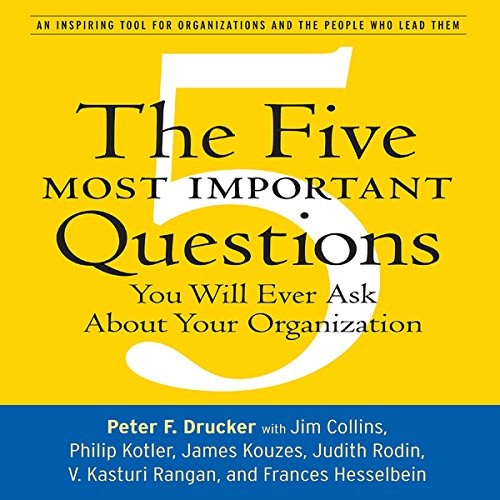Keep Your Eye on the Balls

Keep Your Eye on the Balls
If you’ve ever toured the outfield of a major league ballpark, you’ll know it makes a public golf course seem as unkempt as a Walmart parking lot. The reason for that goes beyond re-investing profits from those twelve-dollar hot dogs and fifty-dollar seats designed for elves.
Major league athletes earn something on a par with third world dictators so no team can afford for them to be on the Disabled List. Consequently, those outfields are kept as smooth as a baby’s behind so afore-mentioned, high-dollar fly shaggers can keep their eyes focused on incoming would-be-homers while sprinting across the turf with no fear of gopher holes.
When I was in high school, I had two good friends named Wayne and Ronnie. We all three loved playing baseball but we were just too undisciplined for team sports. On Sunday afternoons, we’d go to the local junior high ball field and practice shagging flyballs. Two of us would be in the outfield with the third manning the bat. The batter’s goal would be to aim dead center between the two outfielders and cause a collision as they converged at full speed while their attention was on that tiny white speck plummeting from heaven. At least I always assumed that was the point.
Eventually, we all got good at judging the ball’s trajectory while scanning for incoming infantry via our peripheral vision … so we upped the ante. We switched to one outfielder and two batters with the second batter launching his projectile just as the previous batter’s flyball landed. Admittedly, catching one flyball and immediately switching focus to the second was close to impossible but on those rare occasions when one of us accomplished that double catch, it was worth celebrating with another cold beer out of Ronnie’s car trunk (moderation in all things).
Flyballs and Customers
Peter Drucker, the granddaddy of business philosophy, paid an inordinate amount of attention to marketing. In fact, he rated marketing — the ability to create a customer — as one of only two valid business purposes. He broke that process down into three simple steps: knowing who your customer is, understanding what your customer needs, and proving you can meet that need better than any other bloke on the street.
That sounds like a really simple process. Problem is, most CEOs and business owners serve two divergent sets of customers — the ones who pay their bills, and the ones who do the work that entices customer-set numero uno to continue paying those bills. It’s easy to see the check writers as customers but it’s not so easy to recognize employees as an equally important customer base. After all, we’re paying them! But undervalue them at your own peril.
I’m currently aware of two major corporations experiencing a significant risk of failure because their CEOs took their eyes off that second flyball. One of those companies was blessed with an astute Board of Directors that said, “enough is enough” and ousted the dysfunctional commander. The other company is still laboring under a leader with tunnel vision. As a consequence, they’re shedding valuable talent in a labor ballgame where good talent is becoming a scarcity.
Unquestionably, a CEO who can manage both flyballs at the same time, is an outstanding leader but what about the rest? Declining sales is a good indicator that we’re about to miss flyball number one. Come-and-go staff is an indicator that ball number two is about to hit us in the eye. Perhaps it’s time to rethink our definition of “customer” and learn how to keep our eyes on both customer bases simultaneously.
What if we even expanded our definition of “customer” to include everyone within our sphere of influence and began applying those three principles to all our relationships?
And you thought that headline was just a crude euphemism.
 Email me at guy@lawsoncomm.com. I’ll buy you coffee and we can talk about whatever is on both our minds.
Email me at guy@lawsoncomm.com. I’ll buy you coffee and we can talk about whatever is on both our minds.
![]()
Because it is its purpose to create a customer, any business enterprise has two — and only these two—basic functions: marketing and innovation… They produce the results; the other areas are costs incurred to support them. ― Peter Drucker

Did someone forward this newsletter to you after reading it themselves? Don’t settle for that!
CLICK HERE
to get a fresh, unused copy of this newsletter sent directly to you every Sunday morning. If you decide it stinks, you can always unsubscribe.
The Five Most Important Questions
Peter Drucker

This book is almost 16 years old, yet it’s message is as relevant today as it was in 2008. Whether you’re running a non-profit, a manufacturer, or a service organization, Drucker provides pertinent questions and well thought-out answers.












